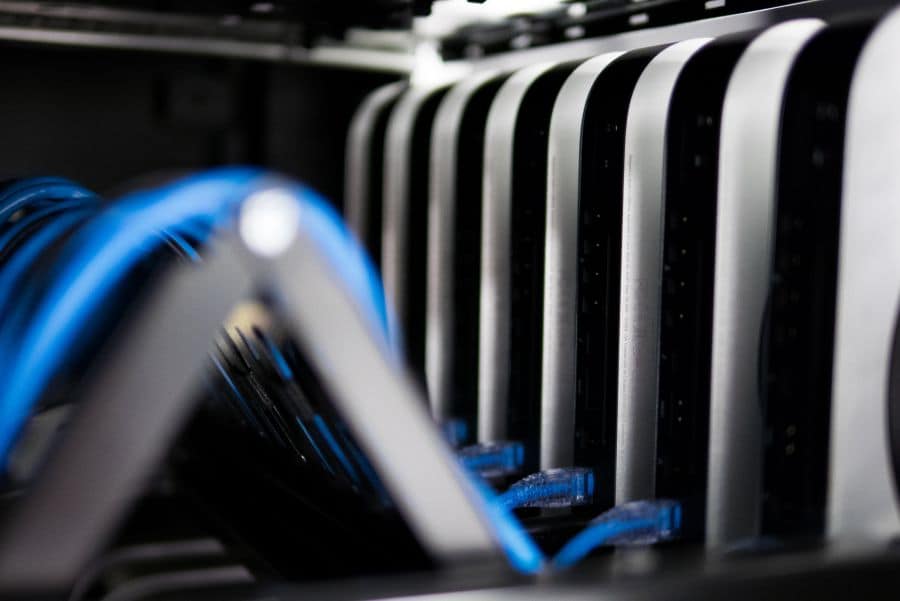A minimum 50 Mbps fixed line internet speed can be achieved in the Philippines if the current challenges of the industry can be properly addressed according to Globe Telecom.
Globe Chief Technology and Information Officer (CTIO) Gil Genio said that many Filipino households can experience faster home broadband speeds of at least 50 Mbps by 2020 should the government and other stakeholders work together to overcome obstacles in deploying telecommunication and broadband infrastructure.
Genio said the company envisions to provide two million homes with at least 50 Mbps by 2020 should bureaucratic red tape and other hurdles that stand in the way be mitigated.
“From Globe perspective, we really intend to provide two million homes with at least 50 Mbps by 2020, versus today where the majority of homes have 2 to 5 to 10 Mbps,” Genio said during the Fiber-To-The-Home (FTTH) Council Asia-Pacific Conference in Taguig City.
“What we want to do and achieve is that by 2020, anyone who wants a home broadband connection should have at least 50 Mbps connection but the telco environment is not completely rosy,” Genio said.
Globe pointed out the need to leverage all broadband access technologies to bring high-speed Internet across the country. “Whether we do that through fiber or 5G in the future, the access method does not really matter as long as people enjoy fast, high-speed internet,” Genio said.
For years, Globe has been ramping up its capital spending from P21.1 billion in 2012 to P36.7 billion in 2016 and P42.5 billion in 2017, in order to provide its subscribers of better broadband and telecommunication services.
Globe recently disclosed that it will further accelerate its capital spend to over P43.5 billion this year.
As of end 2017, Globe was able to roll out 400,000 ultra-fast broadband lines. The Ayala-led telco currently has 3 domestic fiber optic backbones and several investments in international undersea cables.
Despite some challenges, latest crowdsource speed tests showed dramatic improvement in internet speeds in the Philippines, as Globe continues to invest over 31% of its total revenues annually on deploying broadband and telecommunication infrastructure.
Government Policies
The lack of clarity on proposed National Broadband Plan and Open Access Law, unfavorable geography, and bureaucratic red tape are some of the challenges in deploying telecommunication and broadband infrastructure.
“There is still lack of clarity on what is called an Open Access. There are a lot of bills, discussions, and policy statements, but nothing has been pushed forward,” Genio said.
Under the National Broadband Plan, the government will construct common towers to be leased out to telecommunications service providers as soon as possible.
Adopting an Open Access model will also open up the industry to local and foreign players, as it allows sharing physical infrastructure across multiple operators, which in turn significantly improves cost effectiveness, Genio said.
“This is very important as we roll out more fiber. I believe the single biggest positive thing the country can do is to overcome obstacles in permitting and right of way so that we can build even more,” he added.
For Genio, bureaucratic red tape causes a significant delay in securing various permits from the local government units concerned relating to the construction of telco infrastructure.
Permitting and right-of-way
“We need to be able to develop a partnership among all stakeholders. The Philippines is sometimes not fiber-friendly, let alone fiber-ready. I only know very few buildings where developers have already set to put fiber horizontally to units,” Genio said.
“This poses a special challenge in the Philippine context. For instance, in China, you can no longer get a building permit unless it is fiber ready. Today, we have to go to each and every developer and convince them about the benefits of fiber,” he added.
Aside from having to deal with villages that reject cell site proposals, Globe is also having permitting difficulties in establishing right-of-way in subdivisions relating to the deployment of broadband fiber optics.
“Today, we have to go to each and every developer and convince them about the benefits of fiber. In rolling out fiber to homes, we need to work with electricity distribution utilities, homeowner associations, and others to be able to serve people with fiber faster and more efficiently,” Genio said.
Homeowner associations of at least 25 exclusive villages in Metro Manila had barred Globe from constructing cell sites within their vicinity, preventing the telco from improving mobile and Internet coverage in those areas.


